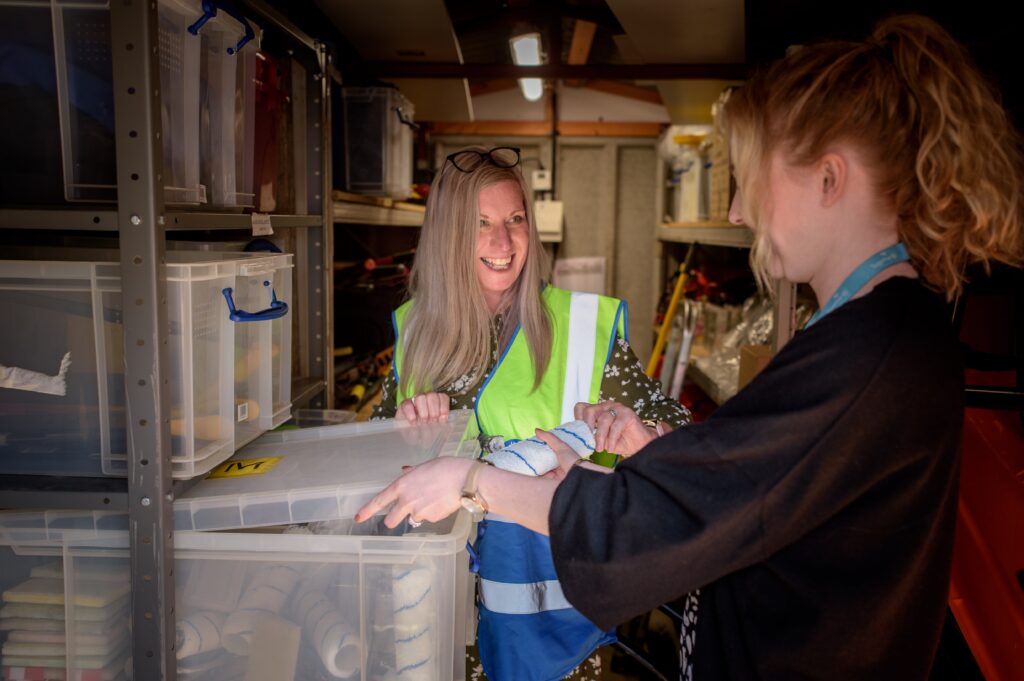Asset tracking solutions are vital in helping organisations effectively manage their assets, reduce costs, and improve operational efficiency. Asset tags simplify the process of asset management by minimising human error and speeding up the process. Before digital asset management systems advent, organisations relied on paper-based systems and spreadsheets. GSM Barcoding can offer you an asset tracking software solution to meet your specific business needs that integrates seamlessly into your existing systems.

Why is asset management important?
Asset tracking ensures that businesses have accurate and up-to-date information about their assets. By closely monitoring the movement and location of assets, companies can quickly identify and address instances of loss, theft, or damage. This is particularly important with the rise in remote working, as resources may no longer be confined to designated workspaces.
Accurate asset data provided by asset tracking solutions allows businesses to make informed decisions about maintenance and replacements, minimising the time spent looking for “missing” equipment. It also simplifies the auditing process by creating real-time reports without taking employees away from their work to compile and review the data.
Asset tags and asset labels
Asset tags and asset labels are physical labels or tags affixed to assets to identify and track them within an organisation. Asset tags can be used for monitoring assets held within the business and loaned items to be returned to the business. These tags and labels contain unique identifiers such as serial numbers, barcodes, QR codes, or RFID tags, giving each asset a unique number which allows the tracking of that particular item.
There are a host of different types of materials and adhesives that can be used to develop tags depending on budget, usage, environment, and security requirements. We can supply polycarbonate, anodised aluminium, paper, polyester, vinyl and tamper evident labels.

The next innovations in asset tracking
Asset tracking continues to evolve with technological advancements, driving innovation and introducing new capabilities to improve efficiency, accuracy, and reliability. Some of the next innovations in asset tracking include:
Blockchain Integration: Blockchain technology can enhance asset tracking systems’ security and integrity by providing a tamper-proof and decentralised ledger for recording asset transactions and movements. By leveraging blockchain technology, organisations can ensure the immutability and transparency of asset records, reducing the risk of fraud or data manipulation.
Edge Computing: Edge computing involves processing data closer to the generation source, such as IoT sensors or RFID tags, rather than relying solely on centralised servers or cloud platforms. By performing data processing and analysis at the edge of the network, asset tracking systems can reduce latency, improve real-time visibility, and optimise bandwidth usage, particularly in environments with limited connectivity or high data volumes.
Zebra Savanna connects your business hardware, software and databases to deliver operational automation and the digitisation of your business. By using data collection at the edge, the Savanna platform provides real-time workflow insight, feeding applications by gathering and analysing real-time data for useful worker knowledge and actionable productivity improvements.
Artificial Intelligence and Machine Learning: AI and ML technologies enable asset tracking systems to analyse large volumes of data to identify patterns, predict asset behaviour, and optimise asset utilisation. AI algorithms can detect anomalies in asset movement or usage patterns, flagging potential issues such as theft, maintenance needs, or operational inefficiencies. ML algorithms can also improve the accuracy of asset tracking by continuously learning from historical data and adapting to changing environmental conditions.
Augmented Reality and Virtual Reality: AR and VR technologies offer innovative ways to visualise and interact with asset tracking data in immersive virtual environments. By overlaying digital information onto physical spaces or providing virtual simulations of asset movements, AR and VR applications can enhance situational awareness, facilitate remote monitoring, and support training and troubleshooting activities.
Smart Sensors and IoT Devices: The proliferation of smart sensors and IoT devices enables organisations to track assets with greater precision and granularity. These sensors can collect a wide range of data, including location, temperature, humidity, vibration, and usage metrics, providing valuable insights into asset conditions and performance. Integrating smart sensors into asset tracking systems allows organisations to monitor assets in real-time, detect issues proactively, and optimise maintenance schedules.
Ready to optimise your asset management with GSM Barcoding labels and stickers? Explore the range of solutions offered for asset tracking solutions at GSM Barcoding and revolutionise your workflow today!


















